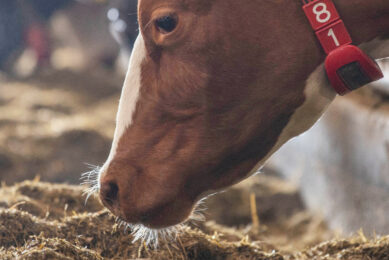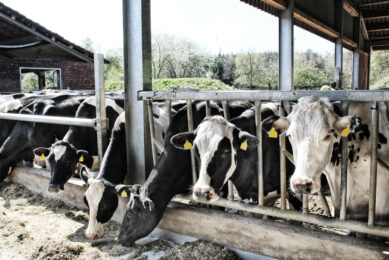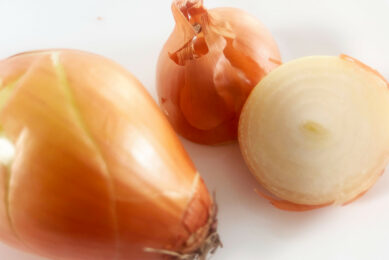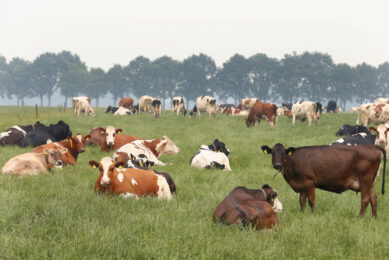5 dairy nutritionist approaches to reduce methane
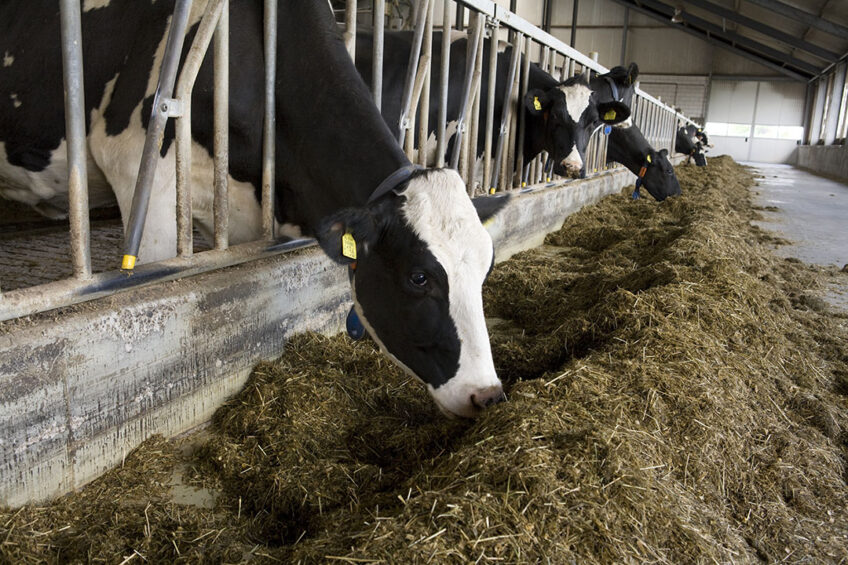
Methane (CH4) and belching cows have been a media hot topic for some time now and the body of science around CH4 continues to grow.
What exactly are the applications and options for CH4 mitigation in ruminant nutrition, and when will we see them in action?
The rumen microbial population is one of the most amazing biological enigmas. The side-by-side evolution of the cow and the rumen microbiome has filled an ecological niche. Anaerobic microbial degradation allows for rapid digestion and utilisation of complex plant material, producing energy for both the microbes and the host cow.
With a capacity of approximately 180 litres, and over 20 billion microbes in 1 teaspoon of rumen fluid, the microbial activity is vast and indeed not fully understood by the science. Bacteria, protozoa, fungi and archaea comprise the rumen microbial population. The microbial world inside the rumen is so specialised, that some species (rumen protozoa) have coevolved with ruminants and hind gut fermenting animals.
This power duo, of the cow and the rumen microbes, is particularly effective in countries such as the United Kingdom, where 65% of land is only suitable for growing grass. Land utilisation with the help of ruminants allows for the conversion of grassland into a source of human protein nutrition.
Mitigating methane production in the rumen
Several feeding strategies can be adopted to reduce methane production in the rumen.
Emissions
While the use of ruminants is critical for human food production, there is also a challenge in the form of CH4 emissions – one which must be managed by producers and nutritionists in the coming years.
Beyond environmental consequences, CH4 production can also account for between 2 and 12% dietary energy loss. A 10% energy loss for a Holstein cow could equate to 5 kilogrammes of milk production, or a body condition loss – particularly in fresh cows.
The next 5 years will bring the advent of greater restrictions and regulation on CH4 emissions. These will come from a combination of consumer demand, processor policy and through government regulation, especially in Europe. This should be looked upon by nutritionists as an opportunity to improve efficiency of production through a number of approaches.
Selecting ingredients
Ingredient selection can help reduce CH4. Proportions of volatile fatty acid (VFA) production impacts the production of CH4. Both acetate and butyrate production generate hydrogen for methanogenesis. The formation of propionate, however, uses reducing equivalents. Therefore, increasing propionate production as a proportion of total VFA production will result in a reduction of CH4. Increasing the concentrate to forage ratio should be done with caution to avoid ruminal acidosis and alternatives, such as feed additives, should be considered to help shift the fermentation pattern without negative consequences.
 Manage passage rate
Manage passage rate
Passage rate is a factor in CH4 production. An increased rate of passage will result in reduced CH4 production. This is, in many ways, closely linked to selecting ingredients to increase propionate production. Fibre typically stays in the rumen for 30-40 hours, however, including a smaller pool of indigestible fibre (NDFD240) in the diet will result in a quicker rate of passage, reduced fermentation and therefore less CH4. Again, caution should be taken here as quicker passage rates mean that rumen microbes have a greater energy requirement due to an increased division rate to maintain population numbers.
Promising efforts to lower enteric methane
Researchers around the world are searching for new ways to lower emissions.
 Focus on forage quality
Focus on forage quality
Forage quality, a central focus for all nutritional approaches, can also play a role in CH4 mitigation. Improved feed efficiency, achieved through feeding good quality forage, can contribute to reductions in CH4 production per kg of milk. Maturity at harvest is a key factor to consider – with younger material generally yielding greater quality. Good ensiling and storage are essential to produce quality forage, maximise the conservation of nutrients and improve efficiency of production.
 Feed additives
Feed additives
There has been some great developmental work on CH4-mitigating feed additives over the past 10 years. Examples include garlic extracts, essential oils, compounds isolated from seaweed and the synthetic 3-nitrooxypropanol. Without doubt these will be widely available in the future and used as part of a nutritional strategy to reduce CH4. In my opinion, the success factor to selecting such additives will be to aim for both CH4 reduction as well as improved production. Together these objectives will make the incorporation of additives much easier while maintaining income over feed cost.
 Model predictions
Model predictions
There are a number of nutritional approaches that can be taken to reduce CH4, many of which are also aligned with improving efficiency of production. To really drive this forward in the next 5 years, nutritionists will need to utilise CH4 emission predictions in feed formulation models. Nutritionist-producer consultations of the future will report on the predicted ability of a diet to mitigate CH4. A standardised approach to model predictions of emissions is very much needed to achieve this.
The next 5 years will bring changes to dairy production of a magnitude that we have not previously seen. Scientific advancements in the understanding of CH4 mitigation have given the industry a prime position to create successful applications. These advancements will only continue to move forward as methodologies become more widely available, particularly in the field of microbiology. The leading nutritionists of tomorrow will bring both science and application to life, taking dairy production towards a sustainable and productive future.
References available upon request.
Join 13,000+ subscribers
Subscribe to our newsletter to stay updated about all the need-to-know content in the dairy sector, two times a week.




